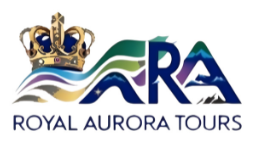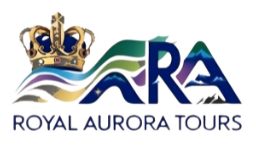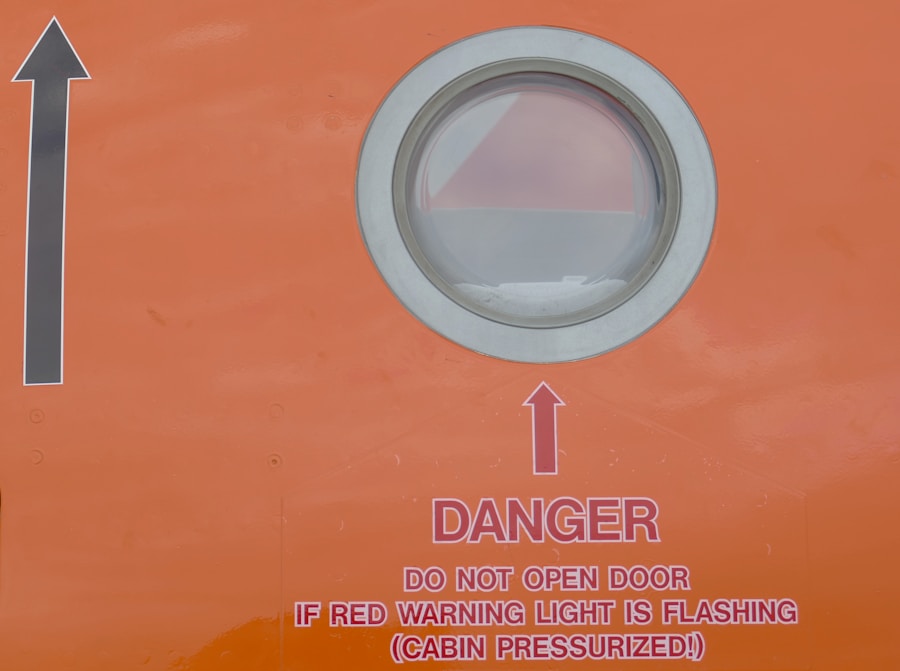When faced with damage to a rental car, the first step is to conduct a thorough assessment of the vehicle. This involves not only visually inspecting the exterior for dents, scratches, or broken parts but also checking the interior for any signs of damage. Look for issues such as torn upholstery, broken mirrors, or malfunctioning electronics.
It is essential to take your time during this process, as overlooking even minor damage can lead to complications later on. A comprehensive evaluation will provide you with a clear understanding of the extent of the damage and help you communicate effectively with the rental car company. In addition to a visual inspection, it is wise to take note of any unusual sounds or performance issues when driving the vehicle.
Documenting these observations can be beneficial when discussing the situation with the rental company. By being meticulous in your assessment, you not only protect yourself from potential liability but also ensure that you have all the necessary information at hand for subsequent steps in the process.
Key Takeaways
- Assess the damage to the rental car and take note of any visible issues.
- Contact the rental car company immediately to inform them of the damage.
- Document the damage with photos and written descriptions for your records and to provide to the rental car company.
- Review your rental car insurance policy to understand coverage for the damage.
- Consider filing a police report if the damage occurred under suspicious circumstances.
Contact the Rental Car Company
Timely Notification
After assessing the damage, it is essential to contact the rental car company as soon as possible. Most rental agreements require prompt reporting of incidents or accidents, typically within 24 hours.
Providing Details
When reaching out to the rental car company, be prepared to provide specific details about the incident, including the time and location of the incident, as well as a description of the damage. This initial communication sets the tone for how the situation will be handled and can influence your liability in terms of repair costs.
Effective Communication
When speaking with a representative from the rental car company, it is important to remain calm and composed. Be honest and straightforward in your responses, as any discrepancies could complicate matters later on.
Each rental company may have different protocols, and understanding these can help you navigate the situation more effectively.
Document the Damage

Documentation is a critical component of managing damage to a rental car. After assessing the vehicle and contacting the rental company, take detailed photographs of all visible damage from multiple angles. This visual evidence can serve as a record of the condition of the car at the time of your assessment and can be invaluable in case of disputes regarding liability or repair costs.
Ensure that your photos are clear and well-lit, capturing not only the damaged areas but also any relevant context, such as nearby objects or road conditions that may have contributed to the incident. In addition to photographs, it is advisable to keep a written record of your observations and communications related to the damage. This includes noting down any conversations with rental company representatives, including names, dates, and what was discussed.
If there were any witnesses to the incident, gather their contact information as well. This comprehensive documentation will not only support your case but also provide peace of mind as you navigate through the claims process.
Review Your Rental Car Insurance
Before proceeding further, it is essential to review your rental car insurance policy or any coverage provided by your credit card company. Many personal auto insurance policies extend coverage to rental vehicles, which can significantly impact your financial responsibility in case of damage. Understanding your coverage limits, deductibles, and any exclusions will help you determine how much you may need to pay out-of-pocket for repairs.
If you used a credit card to pay for the rental, check whether it offers rental car insurance as a benefit. Some credit cards provide primary coverage for rental cars, while others may only offer secondary coverage that kicks in after your personal insurance has been exhausted. Knowing these details can help you make informed decisions about how to proceed with repairs and whether you should file a claim with your insurance provider or rely on other options.
Consider Filing a Police Report
In certain situations, particularly those involving significant damage or accidents with other vehicles or property, it may be necessary to file a police report. This step can provide an official account of the incident and may be required by your rental car company or insurance provider. When filing a report, be prepared to provide all relevant details about the incident, including time, location, and any other parties involved.
Filing a police report can also serve as an important protective measure for you as a renter. In cases where liability is disputed or if there are claims of injury from other parties, having an official report can help clarify the circumstances surrounding the incident. It is advisable to obtain a copy of the report for your records and share it with your insurance provider and the rental car company if necessary.
Get an Estimate for Repairs

Getting a Detailed Written Estimate
Regardless of which route you take, it is important to get a detailed written estimate that outlines all necessary repairs and associated costs.
Comparing Prices and Timelines
When seeking estimates, consider visiting multiple repair shops to compare prices and timelines. This not only gives you a better understanding of what repairs should cost but also provides leverage when discussing payment options with the rental company.
Warranties and Parts
Be sure to ask about warranties on repairs and whether they use original manufacturer parts or aftermarket alternatives, as this can affect both quality and cost.
Discuss Payment Options with the Rental Car Company
Once you have obtained repair estimates, it is time to discuss payment options with the rental car company. Depending on their policies and your insurance coverage, there may be several avenues available for settling repair costs. Some companies may require you to pay upfront and then seek reimbursement from your insurance provider, while others might handle payments directly with repair shops.
During this discussion, be transparent about your findings from repair estimates and any relevant insurance coverage that may apply. If your insurance covers part or all of the repairs, provide this information to facilitate smoother communication between all parties involved. Additionally, inquire about any potential fees or penalties associated with the damage claim process; understanding these details upfront can help prevent surprises later on.
Follow Up and Review Your Options
After discussing payment options and initiating repairs, it is important to follow up regularly with both the rental car company and the repair shop. Keeping lines of communication open ensures that you are informed about any developments regarding your claim or repairs. If there are delays or complications in getting repairs completed, staying proactive can help mitigate any additional charges or issues that may arise.
As repairs progress or if new information comes to light regarding liability or costs, take time to review your options carefully. Depending on how circumstances evolve, you may need to reassess your approach regarding insurance claims or payment responsibilities. Being diligent in this phase will not only help you navigate through potential challenges but also ensure that you are fully aware of your rights and responsibilities throughout this process.
If you’re looking for more travel tips and advice, check out the Royal Aurora Tours blog here. They offer a variety of articles on different aspects of travel, including a fascinating piece on “The Castle on the Cliff: Majestic Magic Manoir” here. Whether you’re dealing with a damaged rental car or trying to explain travel to a five-year-old, Royal Aurora Tours has you covered with helpful information and insights.
FAQs
What should I do if I notice damage on my rental car?
If you notice any damage on your rental car when you pick it up, be sure to report it to the rental company before leaving the lot. Take photos of the damage and make sure it is documented on the rental agreement.
What should I do if I damage the rental car during my rental period?
If you damage the rental car during your rental period, report the damage to the rental company immediately. They will provide you with instructions on how to proceed, which may include filling out an incident report and contacting your insurance company.
Should I purchase rental car insurance?
It is recommended to consider purchasing rental car insurance, especially if your personal auto insurance policy does not provide coverage for rental cars. This can help protect you in case of damage to the rental car.
What happens if I return the rental car with damage?
If you return the rental car with damage, the rental company will assess the extent of the damage and may charge you for repairs. This is why it’s important to inspect the car before and after your rental period and report any damage immediately.
Can I use my personal auto insurance to cover rental car damage?
Some personal auto insurance policies may provide coverage for rental cars, but it’s important to check with your insurance provider to understand the extent of coverage. If your policy does not provide coverage, you may want to consider purchasing rental car insurance.



0 Comment